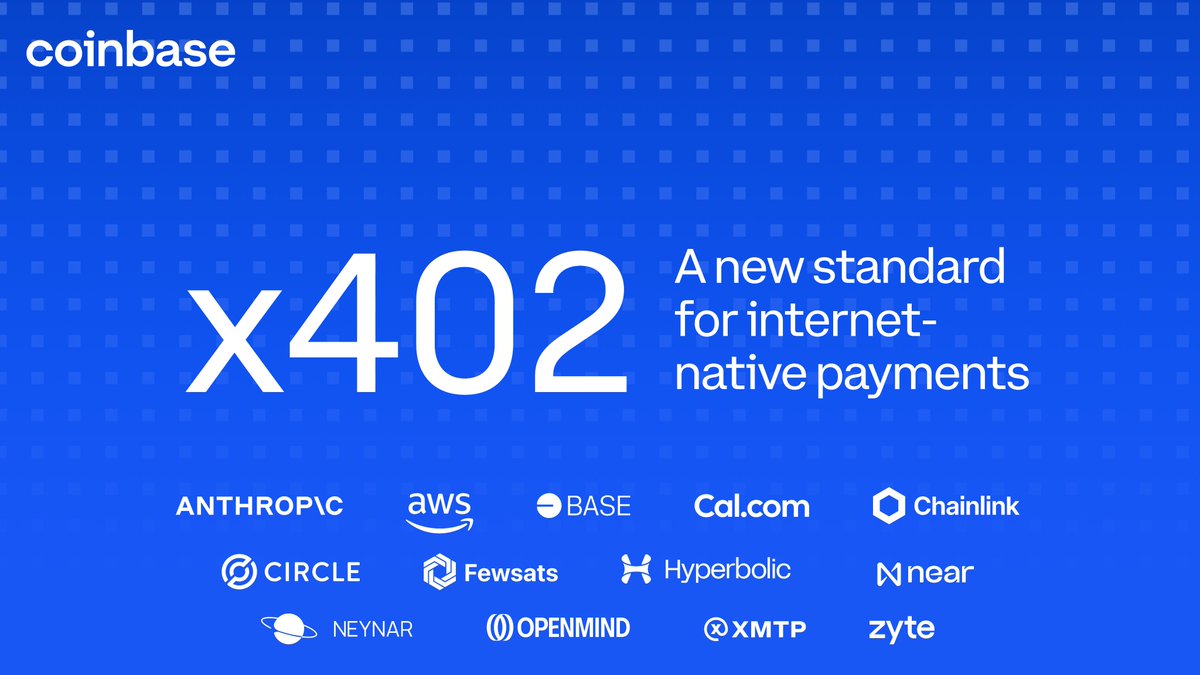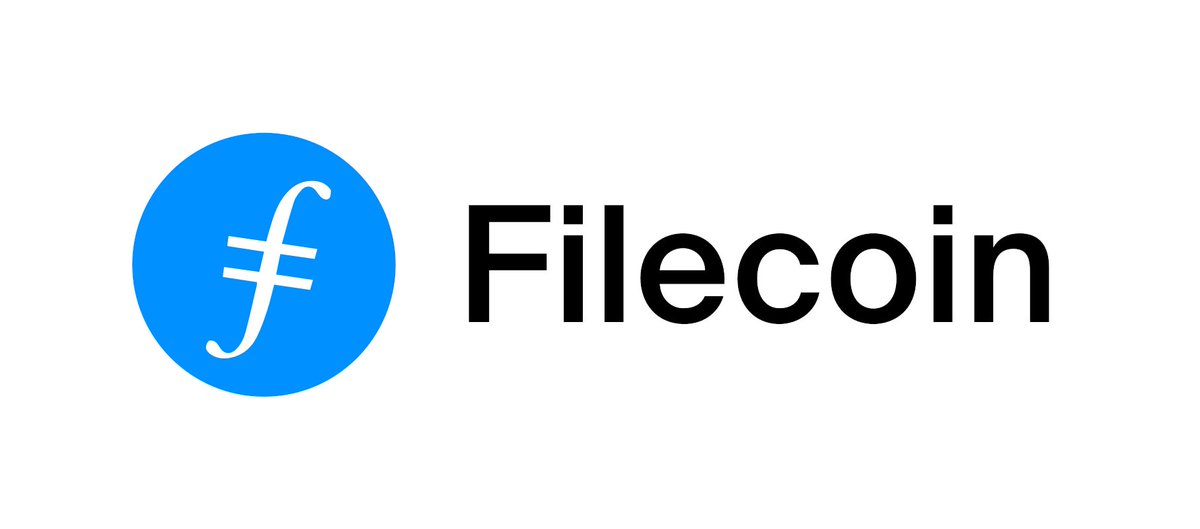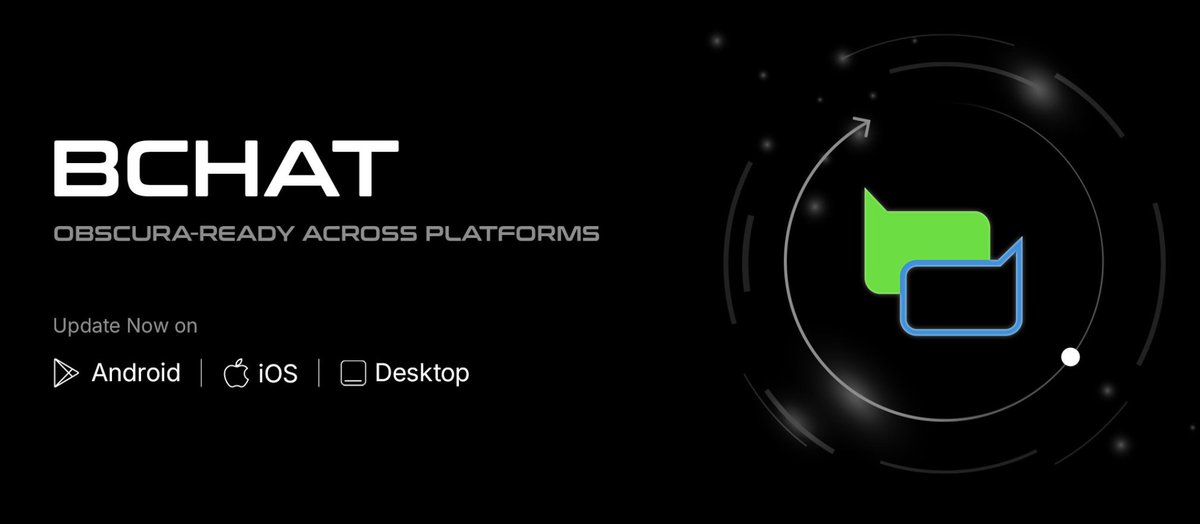Topic Background

BSCDaily
币圈小白
自主代理需要原生支付和可验证数据。
我们构建了 Cast Oracles,这是一个基于 BNB 的按需付费 (x402) 网关,使用户和 AI 代理能够通过 BNB 智能链 (BSC) 微支付和可验证的证明包访问真实的预言机数据和 RWA 数据。
实时流程:
1. 代理/用户发出 API 请求
2. 微支付在 BNB 智能链 (BSC) 上结算
3. Cast Oracles 返回预言机/RWA 数据和源收据
4. 生成证明包(JSON + 收据)并存储在 BNB Greenfield 上
5. 任何人都可以验证支付和证明(可选:链上哈希锚定)
这在 BNB 链上解锁了真正的代理经济:支付 → 验证 → 执行。
@BNBCHAIN @BNBChainDevs

Filecoin TL;DR
Infra
2/ x402 的作用
x402 将支付流程置于标准 HTTP 协议内部。
服务器返回支付详情,客户端提交已签名的支付信息,请求继续进行。
这支持按请求付费,而非使用账户、积分或预付余额。
3/ Lighthouse 的作用
Lighthouse 管理上传、支付检查和 CID 返回。
文件通过 IPFS 路由,并在 Filecoin 上进行存储结算。
开发者通过普通的 HTTP 调用进行交互,无需使用自定义计费系统。
4/ 这为何重要
每次上传都独立定价和结算。
应用程序和代理只需为存储的内容付费。
这适用于需要按请求直接付费的自动化工作流程,并以 Filecoin 作为存储层。










